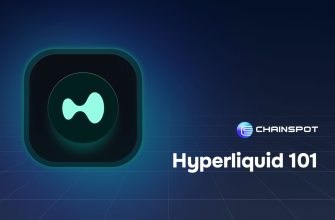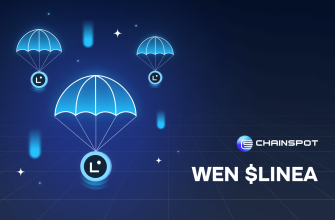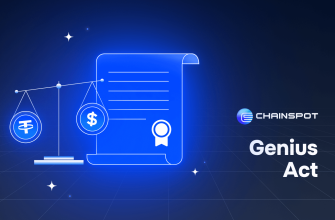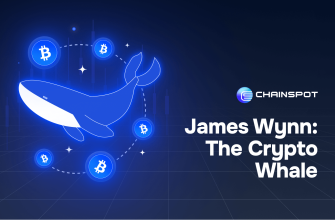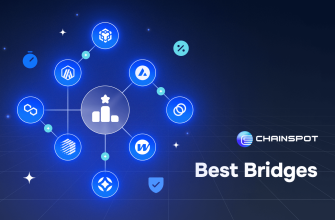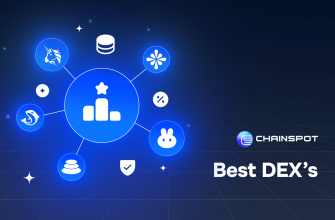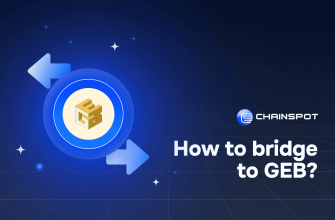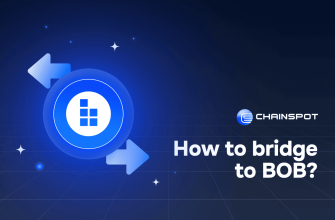Real-world asset tokenization is taking the world by storm. A few years ago, trading rights to real assets on blockchain was nothing more than an amusing idea. Today, the largest investment funds in the world are fighting tooth and nail over the leadership in asset tokenization. This topic is enormous, so today, we will focus on one specific aspect – using RWA tokens to get financing and the necessary infrastructure to facilitate it.
What is RWA tokenization?
Real-world asset tokenization is the representing property rights to various assets, such as real estate, stocks, commodities and so on, in the form of digital blockchain-based tokens.
Tokenization reduces the entry threshold for purchasing assets, allows for faster and more efficient transactions, since no intermediaries or paperwork are required and makes the entire process much more transparent. At the same time, tokens grant their holders all the rights coming with the underlying assets, such as dividends or the ability to use these tokens as collateral for loans.
RWA tokenization market state and prospects
At the moment, the main applications of RWA tokenization are:
- Government treasury bonds. The volume of US tokenized bonds alone is $2 billion, with an average yield to maturity of 4.95%.
- Private asset-backed credit – $8.5 billion with an average APR of 9.45%
- Tokenized commodities with a market cap of $873 million
However, the market structure is expected to change in the coming years, with real estate, public and private debt, and equity becoming the dominant positions.
RWA-tokens as collateral
In traditional capital markets, it is a standard practice for investors to pledge asset-backed securities or bonds for extra financing. Holders of RWA tokens may use them as collateral in a similar manner.
Borrowed funds can be used to increase existing RWA positions or to gain exposure to other investment opportunities. For example, if the investor anticipates a bullish trend in the crypto market, they can pledge RWA tokens as collateral, borrow stablecoins, and execute any DeFi strategy or just buy crypto.
There are some key advantages over traditional capital markets:
- Additional financing can be obtained very quickly
- There is no need for paperwork
- Financing can be obtained globally with ease
Unfortunately, holders of RWA tokens do not have access to flexible, liquid borrowing / lending solutions.
RWA tokenization challenges and possible solutions
Some risks associated with RWA tokenization, such as reliable physical asset custody and the legal enforcement of smart contracts in the real world, are more organizational than technological. Therefore, we leave these topics outside the scope of today’s article and will discuss them later. However, other issues can be effectively addressed through technology.
Currently, there are numerous platforms and protocols that facilitate the initial sale of tokenized assets to investors, including Ondo, Securitize, Goldfinch, Maple, Credix, Midas, Arca Labs, and others. Despite this, secondary market solutions are not yet well-developed enough to meet the growing market’s needs. Consequently, a significant amount of value remains “stuck” on-chain, accessible only to investors operating on specific blockchains.
Another significant challenge the market faces is fragmentation. The diverse array of tokenization protocols lacks interconnectivity, as they are deployed on different blockchains without effective communication and liquidity exchange mechanisms.
A potential solution to these market issues is the creation of a cross-chain lending protocol, where tokenized Real-World Assets (RWAs) serve as foundational collateral. Modern cross-chain messaging technologies can eliminate liquidity movement barriers between networks, enabling more fluid asset exchange and lending opportunities.
A Glimpse into the Future of Tokenized Assets: Asterizm’s Cross-Chain Lending Protocol Liqvid
In a personal conversation with the project’s founding team members Denis Polulyakhov and Konstantin Gamalev, we learned that work on the protocol is in full swing. They also confirmed significant interest and support for the Liqvid protocol from RWA market players (issuers), venture investors, and L1 networks focused on real-world asset tokenization. While they didn’t provide a specific launch date, the team aims to release the first version of the protocol by the end of 2024.
Clearly, Asterizm’s cross-chain technology has the potential to transform the entire market and accelerate its development. The Asterizm and Liqvid protocol, as an application layer on top of it, enables the creation of a Layer-0 protocol facilitating using on-chain RWA-backed tokens as collateral to borrow stablecoins. This will replace the current landscape of numerous isolated platforms and protocols that “can’t talk to each other” with a unified ecosystem for tokenized assets. Holders of RWA tokens will gain greater access to additional financing, and will no longer be restricted by the liquidity available within their specific blockchain network. This will not only foster the growth of the RWA token market but also accelerate the growth of underlying assets and economic development as a whole.





